- California Assembly OKs highest minimum wage in nation
- S. Korea unveils first graphic cigarette warnings
- US joins with South Korea, Japan in bid to deter North Korea
- LPGA golfer Chun In-gee finally back in action
- S. Korea won’t be top seed in final World Cup qualification round
- US men’s soccer misses 2nd straight Olympics
- US back on track in qualifying with 4-0 win over Guatemala
- High-intensity workout injuries spawn cottage industry
- CDC expands range of Zika mosquitoes into parts of Northeast
- Who knew? ‘The Walking Dead’ is helping families connect
US adopts Samsung’s video technology as new standard
By Yoon Sung-won
Samsung Electronics, South Korea ‘s leading electronics manufacturer, says its video transmission technologies have been chosen as the new broadcasting standard in the United States.
The company said Tuesday the technologies ― low density parity check (LDPC) and non-uniform check (NUC) ― have been adopted by the U.S. Advanced Television System Committee (ATSC) as candidate standards for the country’s next-generation terrestrial broadcasting.
Samsung said it expects the adoption of new video transmission technologies will accelerate the penetration of ultra high-definition (UHD) broadcasting around the globe.
“Based on the adoption of our technologies as candidate standards, we pledge to lead the development of generic technologies required for next-generation UHD broadcasting by pushing for cooperation with broadcasters in Korea and the United States,” said Kim Chang-yong, head of the Samsung DMC Research and Development Center.
The committee reviews and discusses the next-generation broadcasting standard dubbed the ATSC 3.0 in the United States. The ATSC 3.0 has higher video data transmission efficiency and supports multiple broadcasting channels in one spectrum as well as UHD broadcasting.
The committee took an electronic vote of all its member companies earlier this month and officially approved Samsung Electronics’ technologies as candidate standards for the ATSC 3.0. The candidate standards are scheduled to be the final standard next year, Samsung Electronics said.
According to the company, the LDPC technology restores video data lost amid transmission and the NUC optimizes high-quality video to fit different transmission environments.
In May, a broadcasting technology called Bootstrap, jointly developed by Samsung Electronics and U.S. company ONE Media, was adopted as the first candidate standard for the ATSC 3.0.
In July, the company signed memorandums of understanding with leading U.S. broadcasters Pearl Group and Sinclair Group to cooperate for the next-generation broadcasting business in the country.
“The ATSC 3.0 standard, led by Samsung Electronics, will provide customers with more diverse television services,” Pearl Group’s executive director, Anne Schelle, said. “For North American broadcasters, this will offer more business opportunities as it will boost UHD broadcasting services.”
Sinclair Group executive Mark Aitkin said, “The adoption of cutting-edge technologies such as Bootstrap and NUC, and various new broadcastings services that meet demands from both viewers and businesses, have become available.”








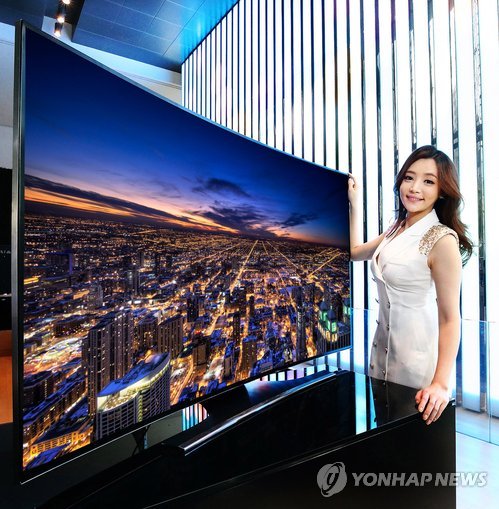

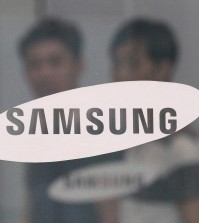
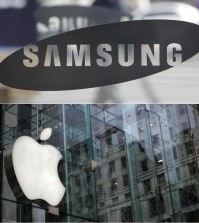
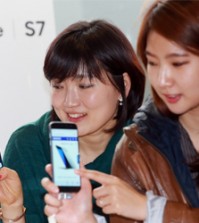



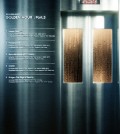

One Person Company Registration Fees
October 30, 2017 at 10:44 AM
One person company is a type of company wherein you can be sole owner of company and you don’t need board of member to govern the company. It is very easy to get done with the help.